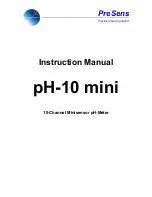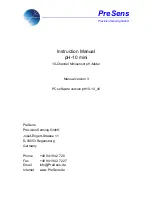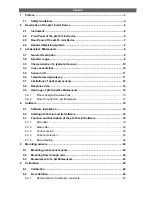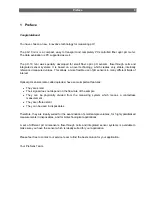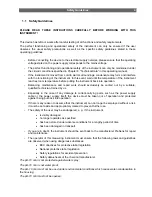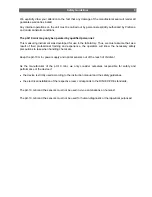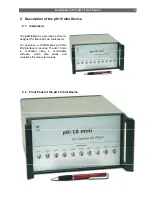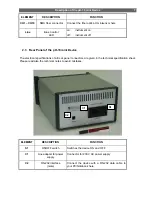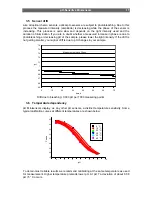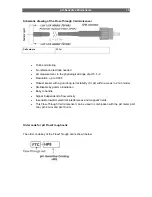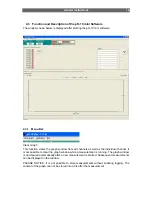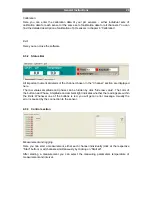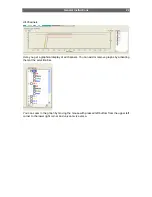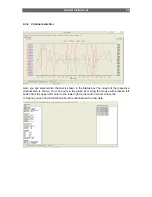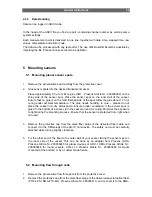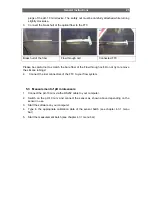
pH-Sensitive Minisensors
11
3.5 Sensor
drift
Like all optical chemo sensors, optical pH-sensors are subject to photobleaching. Due to this
process the measured intensity (amplitude) is decreasing while the phase of the sensor is
increasing. This process is quite slow and depends on the light intensity used and the
duration of illumination. If you are in doubt whether a measured increase in phase is due to
photobleaching or decreasing pH of the sample, please lower the light intensity. If the drift is
not getting smaller, your signal drift is due to pH changes in your sample.
Drift due to bleaching: 0.003 pH per 1000 measuring points
3.6 Temperature
dependency
pH Minisensors display, as any other pH sensors, a distinct temperature sensitivity. Some
typical calibration curves at different temperatures are shown below:
4
5
6
7
8
9
10
15
20
25
30
35
40
45
50
55
Pha
s
e
pH
5 °C
15 °C
20 °C
30 °C
35 °C
40 °C
To obtain most reliable results we recommend calibrating at the same temperature as used
for measurement. Higher temperature pretends lower pH. At pH 7 a deviation of about 0.08
pH / 5° C occurs.
6.5
6.6
6.7
6.8
6.9
7
7.1
7.2
7.3
7.4
7.5
0
10
20
30
40
50
60
70
Measurement each 30 sec.
time, h
pH

